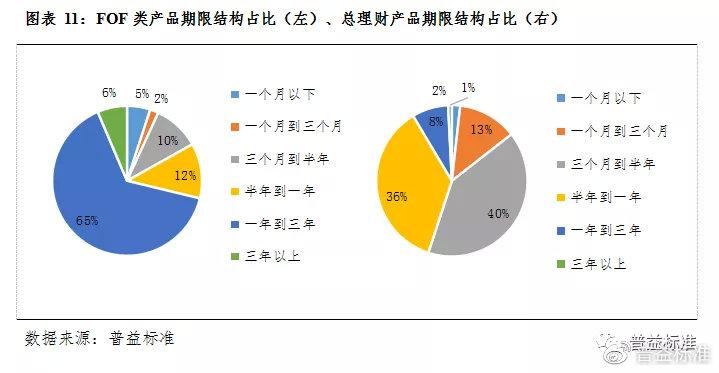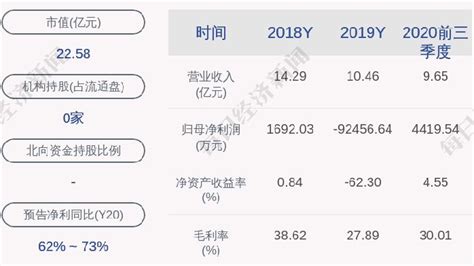bpc理财
Title: Understanding Buck Investing Strategies
Investing can be a complex world to navigate, especially with the multitude of strategies available. One such strategy that has gained attention is "buck investing." Let's delve into what buck investing entails, its principles, and how you can implement it effectively.
What is Buck Investing?
Buck investing, also known as the "bucks down" approach, is a method where an investor systematically puts a fixed amount of money into an investment at regular intervals, regardless of the asset's price. The term "buck" refers to the fixed amount invested each time.
Principles of Buck Investing:
1. DollarCost Averaging (DCA):

Buck investing is essentially a form of dollarcost averaging. This approach allows investors to buy more shares when prices are low and fewer shares when prices are high.
By investing a fixed amount at regular intervals, investors can avoid the pitfall of trying to time the market and instead focus on accumulating assets over time.
2. Discipline and Consistency:
Buck investing requires discipline and consistency. Investors commit to investing a specific amount of money at predetermined intervals, regardless of market conditions.
This disciplined approach helps investors avoid emotional decisionmaking based on shortterm market fluctuations.
3. LongTerm Perspective:
Buck investing is suited for investors with a longterm perspective. By consistently investing over time, investors can benefit from the power of compounding and potentially mitigate the impact of market volatility.
Benefits of Buck Investing:
1. Mitigates Timing Risk:
Buck investing reduces the risk associated with trying to time the market. By investing regularly, investors spread their purchases across different market conditions, potentially lowering the average cost per share over time.
2. Simplifies Investment Process:
Buck investing simplifies the investment process by automating contributions at regular intervals. This can be particularly advantageous for investors who prefer a handsoff approach or those with busy schedules.
3. Builds Discipline:
Adopting a buck investing strategy instills discipline in investors. It encourages regular saving and investing habits, which are essential for longterm financial success.
Implementation Strategies:
1. Set Up Automatic Contributions:
To implement buck investing, set up automatic contributions from your bank account to your investment account at regular intervals, such as weekly, biweekly, or monthly.
2. Choose Suitable Investments:
Select investments that align with your financial goals, risk tolerance, and time horizon. This could include a diversified portfolio of stocks, bonds, or index funds.
3. Stay Informed:
While buck investing emphasizes consistency, it's essential to stay informed about market trends and economic developments. However, avoid making impulsive decisions based on shortterm fluctuations.
Conclusion:
Buck investing offers a disciplined and systematic approach to building wealth over time. By committing to invest a fixed amount at regular intervals, investors can mitigate timing risk, simplify the investment process, and cultivate longterm financial discipline. Remember to choose investments wisely, stay informed, and remain committed to your investment plan. With patience and consistency, buck investing can be a valuable strategy for achieving your financial goals.
Now, armed with a better understanding of buck investing, you can make informed decisions to secure your financial future.











